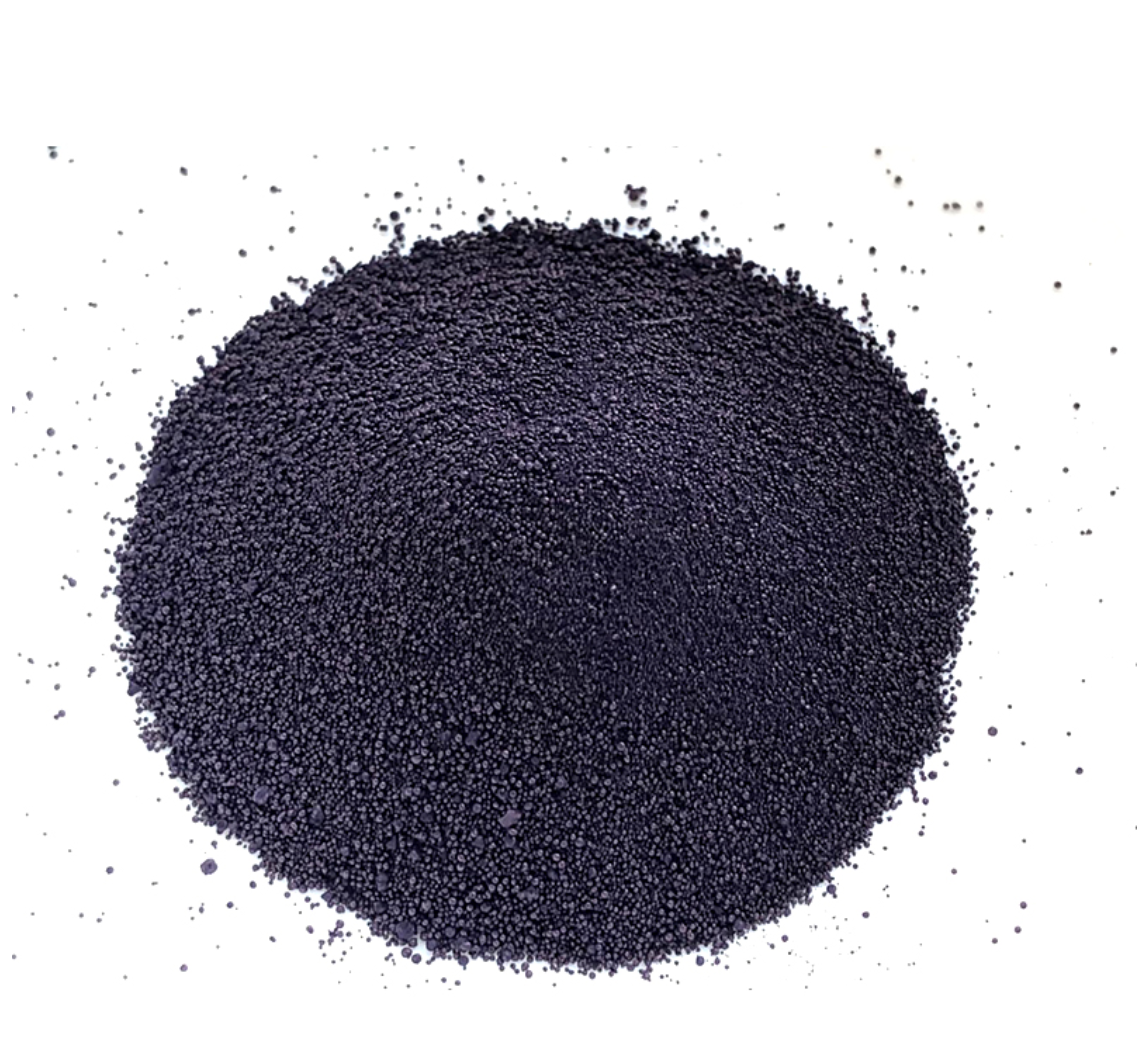Indigo pigment for sale Get your hands on the best in the market!
Indigo pigment, derived from the leaves of the indigo plant, has a long history as a dye in various cultures around the world. Its deep blue color has been prized for centuries, and it continues to be a popular choice for textiles and other applications today.
Indigo pigment is known for its rich, vibrant hue that can range from a deep navy blue to a lighter, more sky-like shade. This versatility makes it a favorite among artists, designers, and fabric dyers alike.
.
Indigo pigment has a special place in the history of textile production. For centuries, it was used to dye fabrics in regions such as India, Japan, and West Africa. These cultures developed unique techniques for dyeing with indigo, resulting in beautiful patterns and designs that are still celebrated today.
buy indigo pigment

In recent years, there has been a resurgence of interest in natural dyes like indigo pigment. As people become more aware of the environmental and health risks associated with synthetic dyes, they are looking for alternatives that are safer and more sustainable. Indigo pigment fits the bill perfectly, as it is derived from a natural source and is non-toxic.
Many artisans and craftspeople are now turning to indigo pigment as a way to create unique, handcrafted items that are both beautiful and eco-friendly. From hand-dyed textiles to indigo-dyed paper and even indigo pottery, there are countless ways to incorporate this versatile pigment into your creative projects.
If you are interested in experimenting with indigo pigment, there are many resources available to help you get started. There are workshops and classes that teach traditional dyeing techniques, as well as books and online tutorials that can guide you through the process step by step.
Whether you are a seasoned artist or a beginner looking to explore the world of natural dyes, indigo pigment is a great option to consider. Its rich color, historical significance, and sustainable properties make it a valuable addition to any creative toolkit. So why not give it a try and see what beautiful creations you can make with this versatile pigment?
-
Thermal Stability Analysis of Bromo Indigo Pigments
NewsJun.06,2025
-
Sulphur Black Dye Oxidation Process Optimization
NewsJun.06,2025
-
Lightfastness Testing of Bromo Indigo Dyed Denim
NewsJun.06,2025
-
Granule Size Distribution and Jeans Color Uniformity
NewsJun.06,2025
-
Gradient Dyeing Methods with Indigo Blue Granules
NewsJun.06,2025
-
Dyeing Temperature Effects on Sulphur Black Color Fastness
NewsJun.06,2025
-
Sulphur Black Dyes in Daily Use
NewsMay.07,2025

Sulphur Black
1.Name: sulphur black; Sulfur Black; Sulphur Black 1;
2.Structure formula:
3.Molecule formula: C6H4N2O5
4.CAS No.: 1326-82-5
5.HS code: 32041911
6.Product specification:Appearance:black phosphorus flakes; black liquid

Bromo Indigo; Vat Bromo-Indigo; C.I.Vat Blue 5
1.Name: Bromo indigo; Vat bromo-indigo; C.I.Vat blue 5;
2.Structure formula:
3.Molecule formula: C16H6Br4N2O2
4.CAS No.: 2475-31-2
5.HS code: 3204151000 6.Major usage and instruction: Be mainly used to dye cotton fabrics.

Indigo Blue Vat Blue
1.Name: indigo blue,vat blue 1,
2.Structure formula:
3.Molecule formula: C16H10N2O2
4.. CAS No.: 482-89-3
5.Molecule weight: 262.62
6.HS code: 3204151000
7.Major usage and instruction: Be mainly used to dye cotton fabrics.

